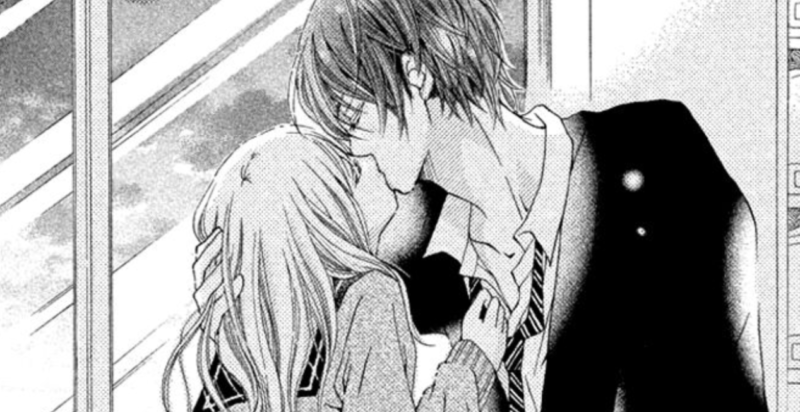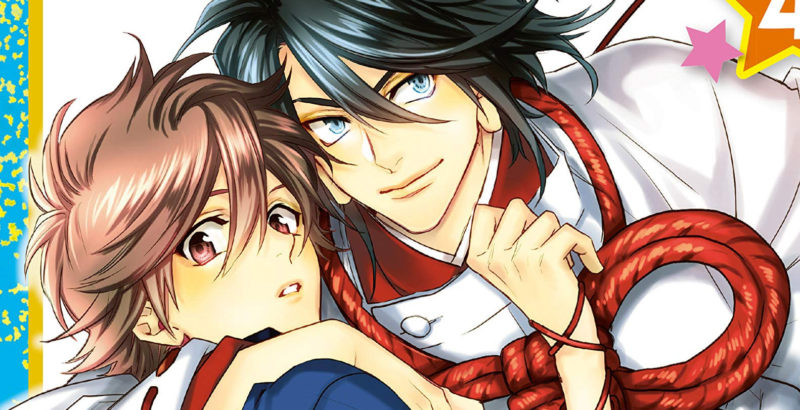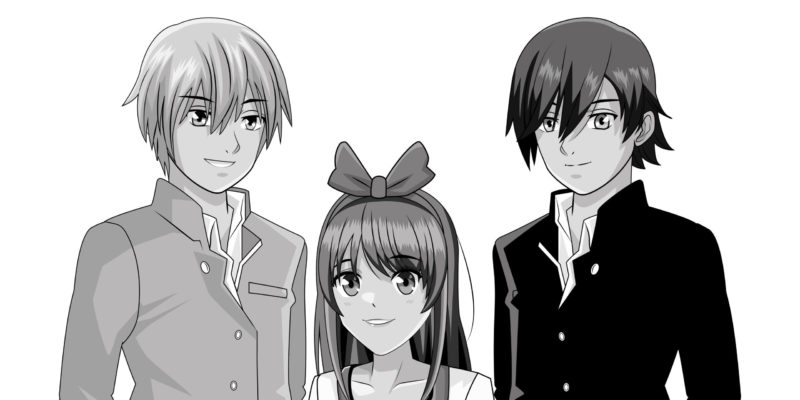We explain what hentai is, how it originated and the controversies about this genre. Also, what are its characteristics and how is it classified.
What is hentai ?
The hentai is a broad genre of fiction Japanese pornographic content . The stories are told through drawings: in some cases in comic strip format (called manga) and in other cases in audiovisual animation (called anime).
The word hentai in Japanese means perversion or transformation . All kinds of fetishes can be found in works of this genre.
The hentai includes a wide variety of subgenres depending on subject matter or the particular characteristics of the protagonists. In addition to the specific subgenres of hentai , in many cases there are intersections with other great genres such as science fiction, fantasy or police .
Hentai history
Although nudes appeared in Japanese graphic stories (manga) since the 1960s , the first animated productions that were sold as hentai , that is, as a pornographic product aimed at adult audiences, appeared in the 1970s, such as Cybele , by Azuma Hideo, or Cream Lemon.
The hentai as a genre first appeared as animation and then developed as graphic stories.
Hentai formats

The hentai is available in two formats:
- Sleeve. The manga is the Japanese comic strip. It differs from the western comic strip in that the pages are read from left to right. It was born in book format or printed magazines, but currently it also exists in digital format.
- Anime. They are cartoons with stylistic characteristics similar to those of the manga, but with less detail. This is because the time that the viewer of the anime has to observe the image is much less than the time that the reader of the manga has.
No restrictions on hentai
One of the main characteristics of hentai is that, because it is cartoons (animated or still), absolutely any situation can be represented .This means that fantastic characters, hermaphrodites, sexual organs of impossible sizes, etc. can appear. In addition, certain types of hentai show penetration of internal organs , which would be impossible in porn with real actors.
The fact that real people do not participate also allows us to represent situations of extreme violence .
Hentai controversy
 Given that part of the hentai works represent situations of psychological and physical violence , sometimes reaching rape (of adults and children) and torture, there is a critical position that maintains that this type of pornography promotes acts of violence.
Given that part of the hentai works represent situations of psychological and physical violence , sometimes reaching rape (of adults and children) and torture, there is a critical position that maintains that this type of pornography promotes acts of violence.Proponents of this type of hentai argue that no one is really hurt and humiliated , as if it could happen in pornography actors and the consumers of hentai can tell the difference between fantasy (observe drawings of violent situations) and reality ( exert violence on another person).
In this sense, hentai would be analogous to sadomasochism practices , in which violence is agreed upon and therefore is not the real imposition on another person, but the expression of a fantasy.
However, hentai can get into the hands of teenagers who may see their sexual development impaired by the association of sex with violence. The negative impact of these works could depend on the recipient.
This controversy cannot be resolved yet since there are no defining studies on the effect of violence in pornography on the consumer.
Hentai legality
There is no clear definition of the legality of hentai featuring minors in sexual situations. In the United States, there have been cases in which the consumption of hentai has been punished for being the possession of obscene images.In other cases, freedom of expression has been defended since no minor had been involved in the production of the works. This legal gap is more or less wide depending on the country.
Categories according to the sex of the protagonists
 In addition to hentai depicting heterosexual relationships, there are two specific categories for same-sex hentai :
In addition to hentai depicting heterosexual relationships, there are two specific categories for same-sex hentai :
- Yaoi. The protagonists are men who have relationships with each other. If they have androgynous characteristics it is called "bishonen"
- Yuri. The protagonists are women who have relationships with each other.
There are also works both yaoi and yuri that do not belong to hentai , in which explicit sex is not shown but simply a love story .
Sub-genres by theme
- Ashikoki. Masturbation through the feet.
- BDSM. Consensual relationships of sadomasochism, bondage, bondage, etc.
- Incest. Relations between members of the legal or blood family .
- Netorare. Infidelity.
- Vanilla. Romance that leads to sexual encounter.
Sub-genres by character characteristics

- Bakunyû. Women with abnormally large breasts.
- Bestiality. Characters with an animalized appearance or the intervention of animals in the sexual act.
- Futanari. Hermaphroditic or transsexual characters, who can have both genitalia.
- Lolicon. Preteen or prepubescent girls.
- Todlercon. Girls and boys under 6 years of age.
Western Hentai Background
The representation of the naked human body has existed since the earliest forms of art . However, to be considered pornography (as hentai is ) it must be a representation of sexual acts that is intended to provoke sexual arousal in the observer.The representations with clear pornographic objectives were disseminated in the 15th century , with the improvement of the printing press, which allowed the distribution and sale of copies of engravings with explicit sexual content.
They have in common with hentai that they are fictitious representations of the sexual act . However, with the development of photography , pornography was mainly devoted to images of real situations.
Another western antecedent of hentai is erotic animations , as much of hentai is animated. These animations began to be produced in the United States in the 1920s and were of short duration (less than ten minutes).
Oriental hentai background
 In Japan , between the seventeenth and nineteenth centuries, shunga , a genre of drawings and engravings of sexual situations, developed. They were marketed in picture albums or as illustrations for popular literature books .
In Japan , between the seventeenth and nineteenth centuries, shunga , a genre of drawings and engravings of sexual situations, developed. They were marketed in picture albums or as illustrations for popular literature books .Its price was high, in part because there were usually prohibitions on its creation and commercialization.
The shunga is a history of the hentai because both are sexually explicit fictional representations. Like hentai , it included impossible situations, such as the participation of monstrous, mythological or imaginary animals.
The above content published at Collaborative Research Group is for informational and educational purposes only and has been developed by referring to reliable sources and recommendations from technology experts. We do not have any contact with official entities nor do we intend to replace the information that they emit.
Veronica is a culture reporter at Collaborative Research Group, where she writes about food, fitness, weird stuff on the internet, and, well, just about anything else. She has also covered technology news and has a penchant for smartphone stories. .
Leave a reply
Your email address will not be published. Required fields are marked *Recent post

Sport: What Is It, Types, Risks, Features, Characteristics and Examples

Dogs: Emergence, Features, Characteristics, Feeding and Breeds

Story: Definition, Elements, Structure, Features and Characteristics

